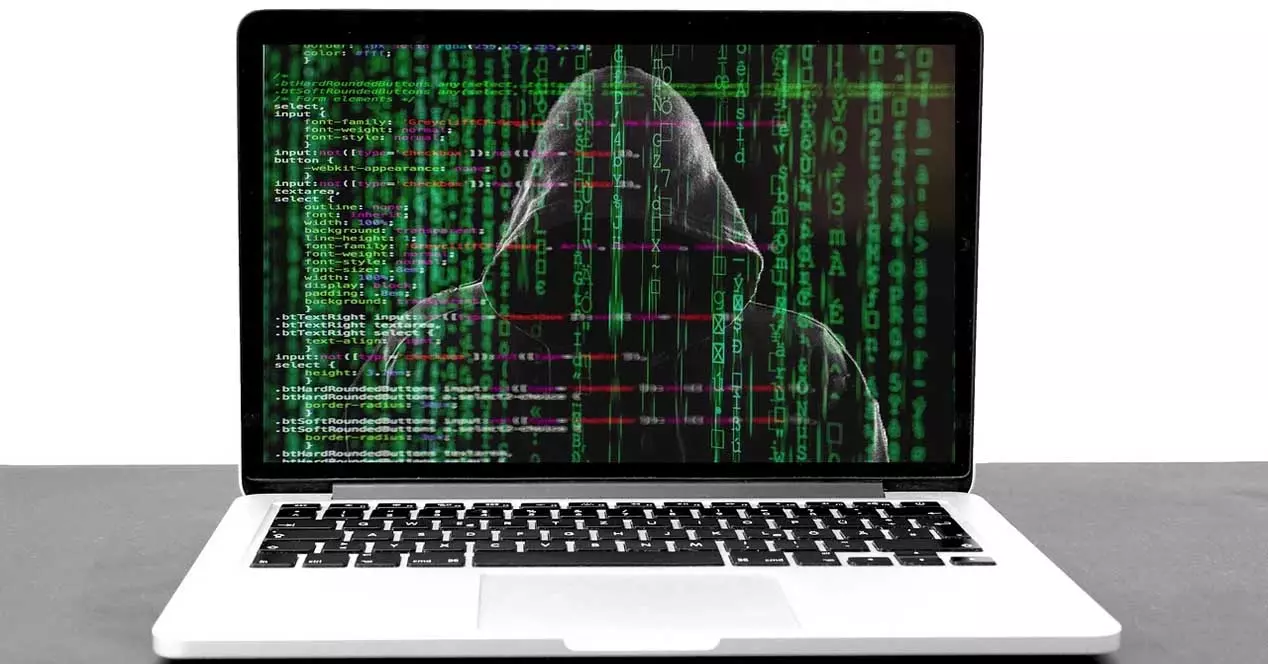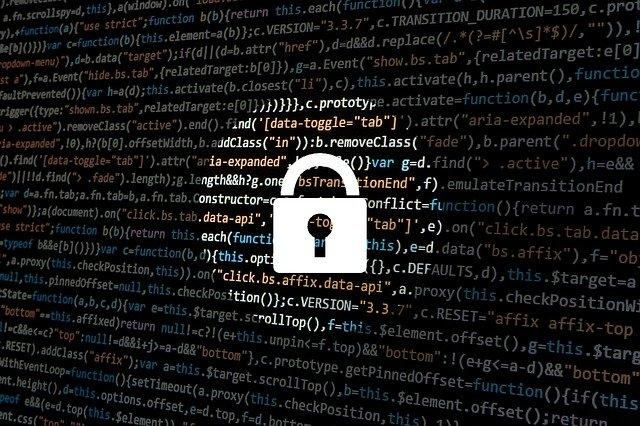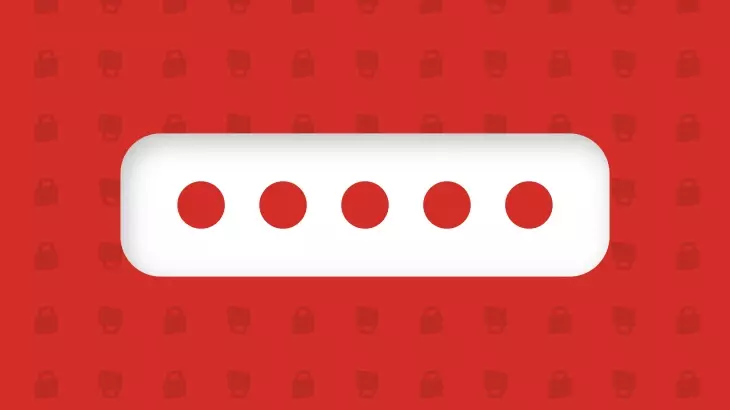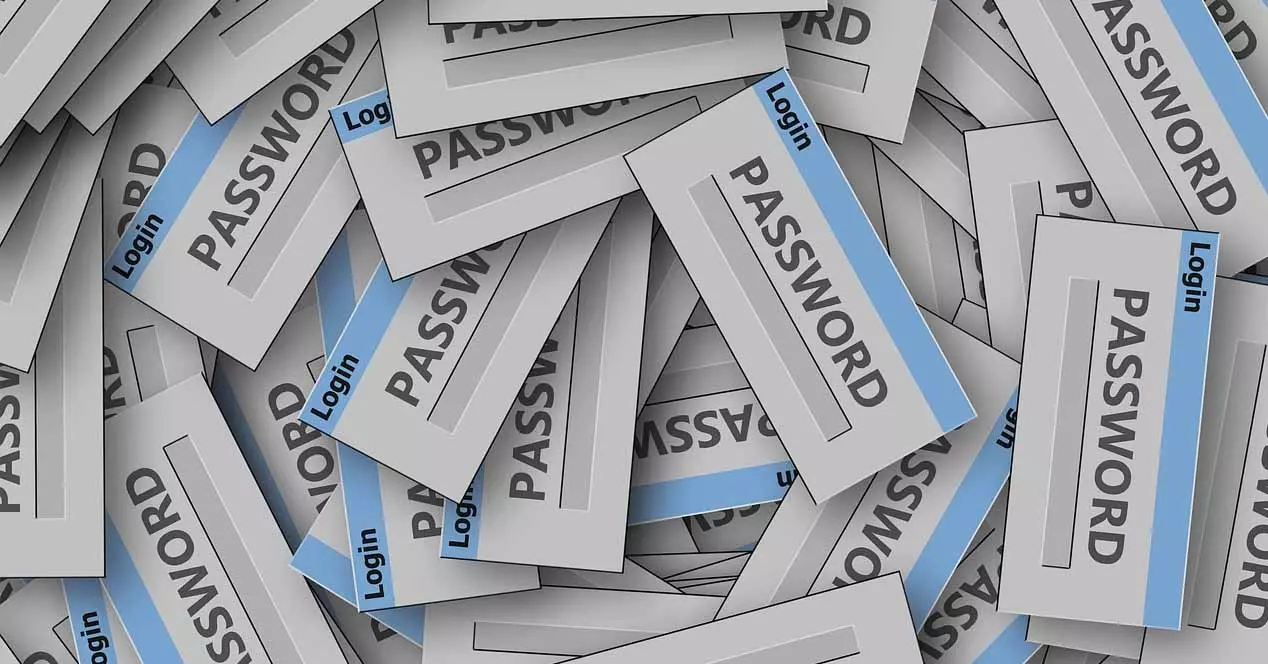
This type of attack can occur in most web applications, although they are those written in PHP code those that may be vulnerable to a greater extent. This is because they include functions that can promote Remote File Inclusion attacks. In other languages it is necessary to carry out a series of additional steps.
Why RFI Attacks Are So Dangerous
So, are they really dangerous? Remote File Inclusion attacks? The truth is that yes. They could compromise sensitive information on a web page, allow remote code execution, and even cause a system to stop working altogether.
If we compare it with other attacks that also affect web pages, RFIs are present in more than 25% of malicious sessions on websites. In addition, they are more common than other attack methods that may also be present on the network.
Something that makes these attacks very dangerous is that the hacker will add a file to a server remotely. This can cause that attacker to display any content in a web application. You can create a fake form to log in, for example, and thus steal users’ passwords.
The attacker, in order to include the remote file, has to add a string with file url to an embed code function PHP or its equivalent in another programming language.
The exact scope of such an attack will depend on how remote files are included and what execute permissions you have. For example, if the remote file contains malicious code that can be run alongside web content, it could steal confidential information or hijack web servers.
Steps to avoid these attacks
After explaining what this type of attack consists of and how it can affect us, we are going to give some tips to be protected. The objective is that our website or web application are not compromised and can provide a correct service to users.
Keep everything up to date
The most important thing is to have all correctly updated. We have seen that hackers can exploit existing vulnerabilities to launch Remote File Inclusion attacks. If we have all the add-ons and systems updated to the latest version, we will have a lot to win.
This is something that we must apply in all types of systems or programs that we use. But especially when it comes to a web server, we must be aware that any vulnerability will be exposed on the Internet and will be available for anyone to exploit.
Use input filters
Allowing a web server to process all HTTP request inputs is not a good idea, as this could increase vulnerabilities and make it unsafe. This can be used by an attacker to launch RFI attacks and compromise stored information.
Therefore, we can create filters and ensure that all requests are properly scrutinized so that we can detect threats. In this way, if it detects something suspicious, it will block it and it will not become a major problem.
Create a file whitelist
RFI is an attack that is based on including malicious files, as we have seen. We can create a whitelist so that the web page verifies if a file is trustworthy or not before executing it. In case it is not part of that white list, I would directly cancel it. In this way we will avoid that it can be executed and pose a problem for our security.
This is basically like a firewall that we install on a system and create a whitelist on it. We can add the IP addresses that we want to allow and in this way block the rest and avoid problems that may appear.
In short, these are some basic points that we can take into account to be protected at all times and avoid Remote File Inclusion attacks. It is undoubtedly a very serious threat that could affect our website, compromise security and also put visitors at risk, with what this implies in terms of image.
Conclusions.
Therefore, we can conclude that this type of threat is one of the most important that can compromise a web server or Web applications. We must at all times be protected, take measures such as updating the components of the site, as well as creating filters or whitelists to prevent unwanted entry.
The fact that an attacker can sneak malicious files means that they can have full control over the site. Undoubtedly, this can lead to the possibility of stealing information from any visitor who enters the website.




